Managing overhead or indirect costs is important to running a janitorial business.
Identifying direct and indirect (overhead) costs is important in understanding your business. Understanding the differences makes it easier to account for each cost properly.
DEFINITIONS
Let’s begin with definitions and examples of each expense type.
Direct Costs – Any cost that is directly associated with providing service to customers. Below is a list of the most common direct costs in our industry:
- Cleaner and onsite supervision wages – Certainly, this is the most significant direct cost of operating your business
- Payroll taxes, workers’ comp, and general liability insurance for cleaners and onsite supervision
- Health Insurance and/or other benefits paid for cleaners and onsite supervisors
- Janitorial Supplies – Cleaning chemicals, dusting tools, cleaning cloths, gloves, mop heads, mop buckets, etc.
- Janitorial Equipment – Maintenance, repairs, and depreciation. Note: If you have a dedicated vehicle that is assigned to one customer or customer site, the repairs, insurance, gasoline, and depreciation of that vehicle would be a direct cost
- Miscellaneous Direct Costs – PPE, uniforms, cleaner/onsite supervisor recognition, etc.
Indirect Costs (Overhead) – Costs required to operate a business that are not directly related to providing customer service. Below is a list of the most common indirect costs in our industry:
- Area/Account Manager/Administrative staff wages
- Payroll taxes, workers’ comp and general liability insurance for area managers/account managers/administrative staff
- Health Insurance and/or other benefits paid for area managers/account managers/administrative staff
- Facility Costs – Rent, repairs, utilities, etc.
- Vehicle costs – gasoline, insurance, repairs, etc. NOTE: If a vehicle(s) is assigned to a particular customer, those costs would be considered direct costs
- Recruiting/HR Expenses – Advertising, drug screens, background checks, cost of an applicant tracking system, etc. (NOTE: Some companies consider these direct costs)
- Sales/Business Development Expenses
- Computer/Technology Expenses
ESTABLISHING INCOME STATEMENT ACCOUNTS AND STAFF EDUCATION
Managing overhead (indirect) costs begins with establishing income statement accounts for each expense/expense type and separating those items on your income statement. Below is an abbreviated example income statement, with estimated benchmarks for each broad expense type.
Revenue
– Direct Expenses (60% – 70% of revenue)
= Gross Margin (30% – 40% of revenue)
– Indirect Expenses (20% – 30% of revenue)
= Net Income (10% – 20% of revenue)
Once income statement accounts have been established, it is important to educate your staff and accounts payable person so that expenses are allocated appropriately. For example, if your company uses credit cards for purchases, it is important to allocate those items to their appropriate income statement account. Likewise, for example, if you receive an invoice for health insurance, ensure that those costs are allocated appropriately.
BUDGETING AND MONITORING OVERHEAD EXPENSES
With your leadership, establish a budget for each overhead expense type. Administrative/Manager wages, taxes, and benefits are typically the highest indirect costs. As such, it is important to plan these expenses. Facility costs and vehicle costs also tend to be sizeable indirect expenses. It is important to carefully monitor these items to ensure they remain within your budget.
THE BENEFITS OF UNDERSTANDING AND MANAGING OVERHEAD (INDIRECT) EXPENSES
- More Accurate Budgeting – To create an accurate budget, you must account for direct and indirect costs. It is easy to spend most of your budget preparation pouring over direct costs and then simply adding a percentage increase to the previous year’s overhead. Pour over these expenses, as you will likely find significant increases or decreases over the last year’s budget.
- More Accurate Financials – Businesses rely on accurate financial statements to make informed decisions. If indirect (and direct) expenses are not adequately accounted for, the information contained in the statements will be wrong. Inaccurate financial statements might affect your ability to obtain financing and/or hinder your ability to find investors if you were to consider selling your company.
- More Accurate Pricing – Tracking direct and indirect costs is essential for determining your final service pricing. If you don’t know how much it costs to provide your service, how will you know what you should charge your customers? When setting pricing for your services, don’t forget to factor in indirect costs to ensure that your profit margin is sufficient
As your company grows, you and your business development/growth team will need to discuss the inclusion of an overhead factor in pricing. We have found that certain customer growth does not impact our overhead costs. In other words, adding a new customer does not increase our total overhead cost. Therefore, we do not include an overhead factor in our pricing. Again, your team will need to consider how you will consider overhead in your pricing as you grow.
While it may feel like a lot of extra work, taking time to account for and consider indirect expenses properly is essential for understanding the financial health of your business. Moreover, when you understand these costs, your services will be more competitively priced, and you’ll have a better idea of areas where your business is performing well and areas of needed improvement.






